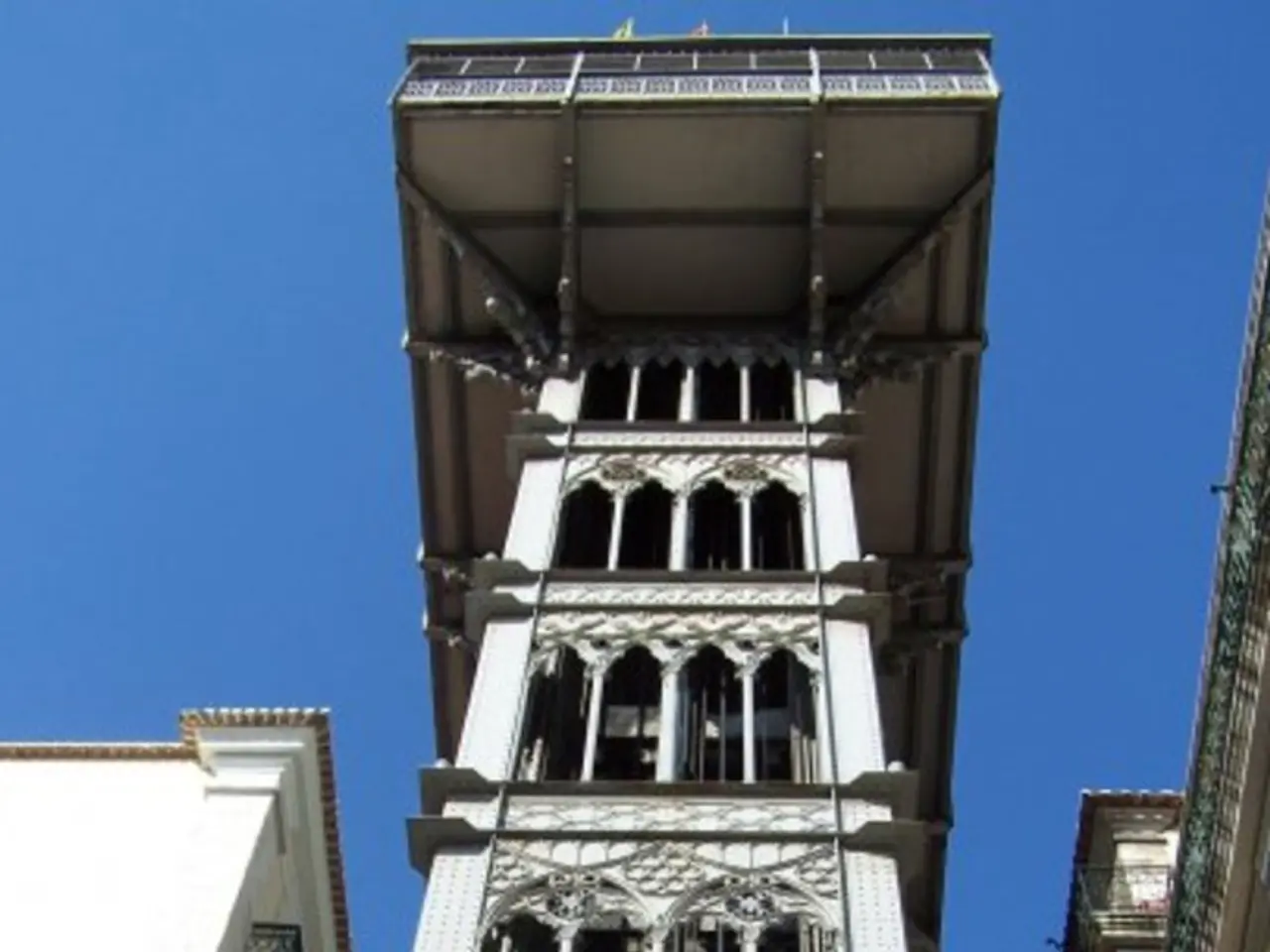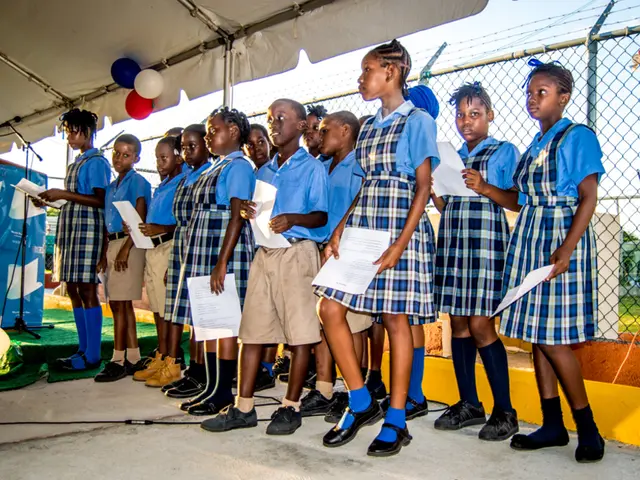Factories Advised to Remain Vigilant Amidst Flood Threat
The Thai Meteorological Department has issued warnings about a tropical depression moving through the South China Sea, prompting concerns about potential heavy rainfall and flooding in certain regions. In response, the Industrial Estate Authority of Thailand (IEAT) is taking proactive measures to safeguard its industrial estates and protect investor confidence.
The IEAT is focusing on four key dimensions in its flood strategy: structural resilience, mechanical readiness, integrated monitoring, and emergency preparedness. Four estates - Nakhon Luang, Bang Pa-In, Ban Wa in Ayutthaya, and Bang Pu in Samut Prakan - have been designated as high-risk areas for flooding.
Nakhon Luang's levee stands at 5.5km and 8.15m above the mean sea level, while Bang Pa-In's flood defences reach a height of 6m. Ban Wa has an 11km flood wall at or above 5.4m. These four estates have been equipped with enhanced flood prevention systems designed to withstand severe weather events.
The IEAT governor, Sumet Tangprasert, has stated that despite normal water levels in September, the agency is maintaining strict vigilance. He reaffirmed the IEAT's readiness to protect major industrial zones from flooding in Thailand's northern and Central Plains regions. Mr Sumet also noted that the IEAT's flood prevention systems are stronger, smarter, and more integrated than they were during the devastating floods of 2011.
Bang Pu's flood defences have a drainage capacity of 160,000 cubic metres per hour and are currently 53% complete. Over 1.85 billion baht has been invested in flood infrastructure across the four high-risk estates.
Local authorities are urged to monitor rainfall, river levels, and reservoir capacity by the Department of Disaster Prevention and Mitigation (DDPM). The DDPM has placed 52 provinces on flood alert, as the monsoon trough is shifting, increasing rainfall in the lower North, upper Central Plains, and northeastern regions.
Despite the tropical depression not entering Thailand, its influence is causing changes in weather patterns, particularly in the rivers in regions such as Chiang Mai, Chiang Rai, Phitsanulok, Lampang, Sukhothai, and Nakhon Sawan in the north, as well as in the central region and Bangkok. These areas are under alert during heavy rain events like Tropical Storm Kajiki.
The IEAT is not just protecting assets but also safeguarding investor confidence with its flood prevention measures. By ensuring the resilience of its industrial estates, the IEAT is demonstrating its commitment to maintaining a stable and secure environment for investment in Thailand.
Read also:
- Catastrophe at a U.S. Steel facility in Pennsylvania results in the loss of two lives. crucial details unveiled
- Auto Industry Updates: Geotab, C2A, Deloitte, NOVOSENSE, Soracom, and Panasonic in Focus
- Liverpool unveils plans for expanding its electric fleet: intends to incorporate 50 new electric buses
- Battle for Corporate Liability in Addressing Climate Damages








